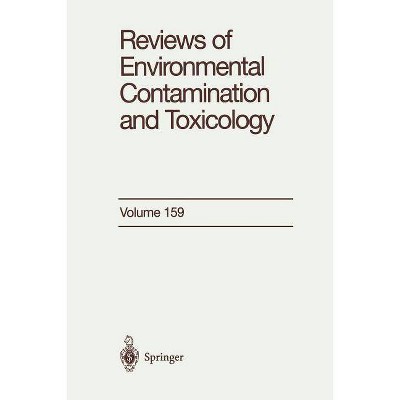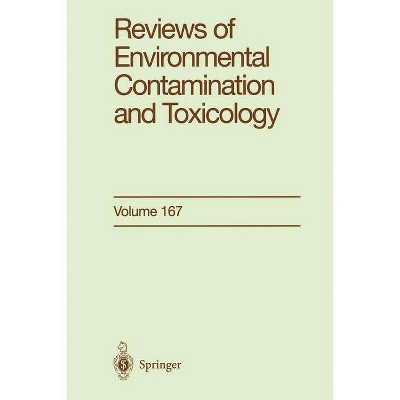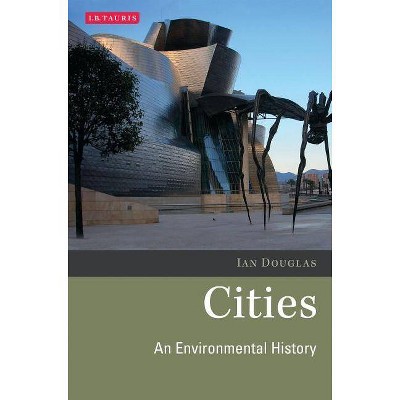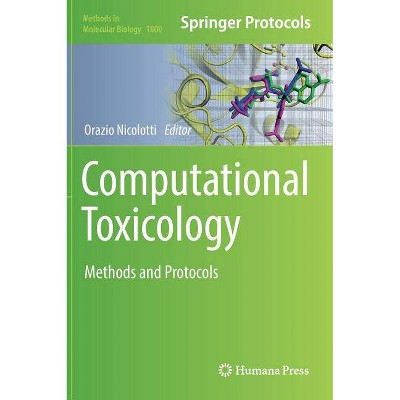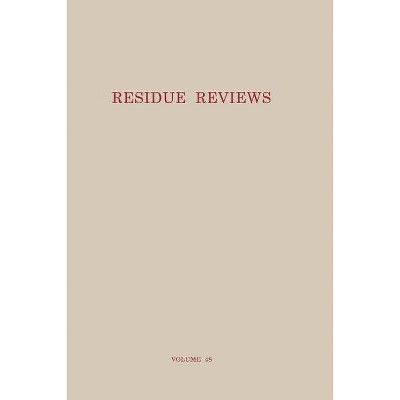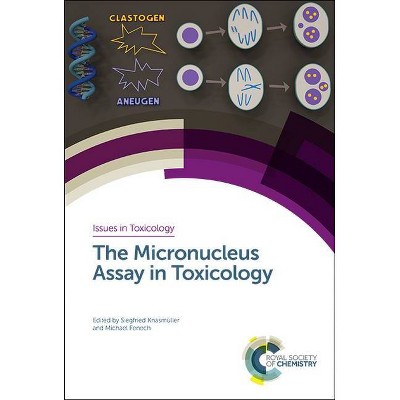The History of Alternative Test Methods in Toxicology - (History of Toxicology and Environmental Health) (Paperback)
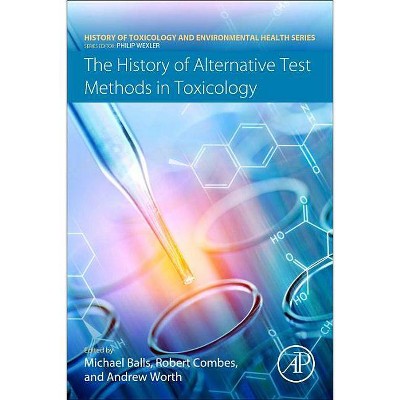
Similar Products
Products of same category from the store
AllProduct info
<p/><br></br><p><b> Book Synopsis </b></p></br></br><p><i>The History of Alternative Test Methods in Toxicology</i> uses a chronological approach to demonstrate how the use of alternative methods has evolved from their conception as adjuncts to traditional animal toxicity tests to replacements for them. This volume in the History of Toxicology and Environmental Health series explores the history of alternative test development, validation, and use, with an emphasis on humanity and good science, in line with the Three Rs (Replacement, Reduction, Refinement) concept expounded by William Russell and Rex Burch in 1959 in their now classic volume, The Principles of Humane Experimental Technique.</p> <p>The book describes the historical development of technologies that have influenced the application of alternatives in toxicology and safety testing. These range from single cell monocultures to sophisticated, miniaturised and microfluidic organism-on-a-chip devices, and also include molecular modelling, chemoinformatics and QSAR analysis, and the use of stem cells, tissue engineering and hollow fibre bioreactors. This has been facilitated by the wider availability of human tissues, advances in tissue culture, analytical and diagnostic methods, increases in computational processing, capabilities, and a greater understanding of cell biology and molecular mechanisms of toxicity.</p> <p>These technological developments have enhanced the range and information content of the toxicity endpoints detected, and therefore the relevance of test systems and data interpretation, while new techniques for non-invasive diagnostic imaging and high resolution detection methods have permitted an increased role for human studies. Several key examples of how these technologies are being harnessed to meet 21st century safety assessment challenges are provided, including their deployment in integrated testing schemes in conjunction with kinetic modelling, and in specialized areas, such as inhalation toxicity studies.</p> <p><b>The History of Alternative Test Methods in Toxicology </b>uses a chronological approach to demonstrate how the use of alternative methods has evolved from their conception as adjuncts to traditional animal toxicity tests to replacements for them. This volume in the History of Toxicology and Environmental Health series explores the history of alternative test development, validation, and use, with an emphasis on humanity and good science, in line with the Three Rs (Replacement, Reduction, Refinement) concept expounded by William Russell and Rex Burch in 1959 in their now-classic volume, The Principles of Humane Experimental Technique. </p> <p>The book describes the historical development of technologies that have influenced the application of alternatives in toxicology and safety testing. These range from single cell monocultures to sophisticated miniaturised and microfluidic organism-on-a-chip devices, and also include molecular modelling, chemoinformatics and QSAR analysis, and the use of stem cells, tissue engineering and hollow fibre bioreactors. This has been facilitated by the wider availability of human tissues, advances in tissue culture, analytical and diagnostic methods, increases in computational processing capabilities, and a greater understanding of cell biology and molecular mechanisms of toxicity. </p> <p>These technological developments have enhanced the range and information content of the toxicity endpoints detected, and therefore the relevance of test systems and data interpretation, while new techniques for non-invasive diagnostic imaging and high resolution detection methods have permitted an increased role for human studies. Several key examples of how these technologies are being harnessed to meet 21st century safety assessment challenges are provided, including their deployment in integrated testing schemes in conjunction with kinetic modelling, and in specialised areas, such as inhalation toxicity studies. <p/><br></br><p><b> Review Quotes </b></p></br></br><br>The aim of this book was to find more proper ways of searching for the scientific truth, to increase knowledge and thus to reduce incertitude to provide relevant and reliable valid and human basis for scientific policies and decisions which deeply affect the well-being of humans and the environment in which we live. The current book could be of interest to scientists as well as to students and teachers, but also for broader range of readers. <b>--Veterinarska Stanica</b><br><p/><br></br><p><b> About the Author </b></p></br></br>Michael Balls graduated in Zoology at Oxford University in 1960, and after post-graduate studies in Geneva, Switzerland, and post-doctoral research in Berkeley, California, and Portland, Oregon, in the USA, returned to Britain in 1966, as a lecturer in the School of Biological Sciences at the University of East Anglia. In 1975, he moved to the University of Nottingham Medical School as a senior lecturer in the Department of Human Morphology, and subsequently became Professor of Medical Cell Biology. In 1995, he was made an Emeritus Professor of the University. Professor Balls became a Trustee of FRAME (Fund for the Replacement of Animals in Medical Experiments) in 1979, was Chairman of the Trustees from 1981 to 2013, and has been Editor-in-Chief of FRAME's journal, ATLA (Alternatives to Laboratory Animals), since 1983. In 1993, Professor Balls became the first Head of the European Centre for the Validation of Alternative Methods (ECVAM), established as part of the European Commission's Joint Research Centre, located at Ispra, near Lake Maggiore, in Italy. He retired from the Commission in June 2002.
Price History
Price Archive shows prices from various stores, lets you see history and find the cheapest. There is no actual sale on the website. For all support, inquiry and suggestion messages communication@pricearchive.us
